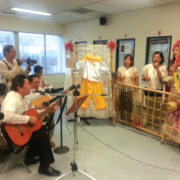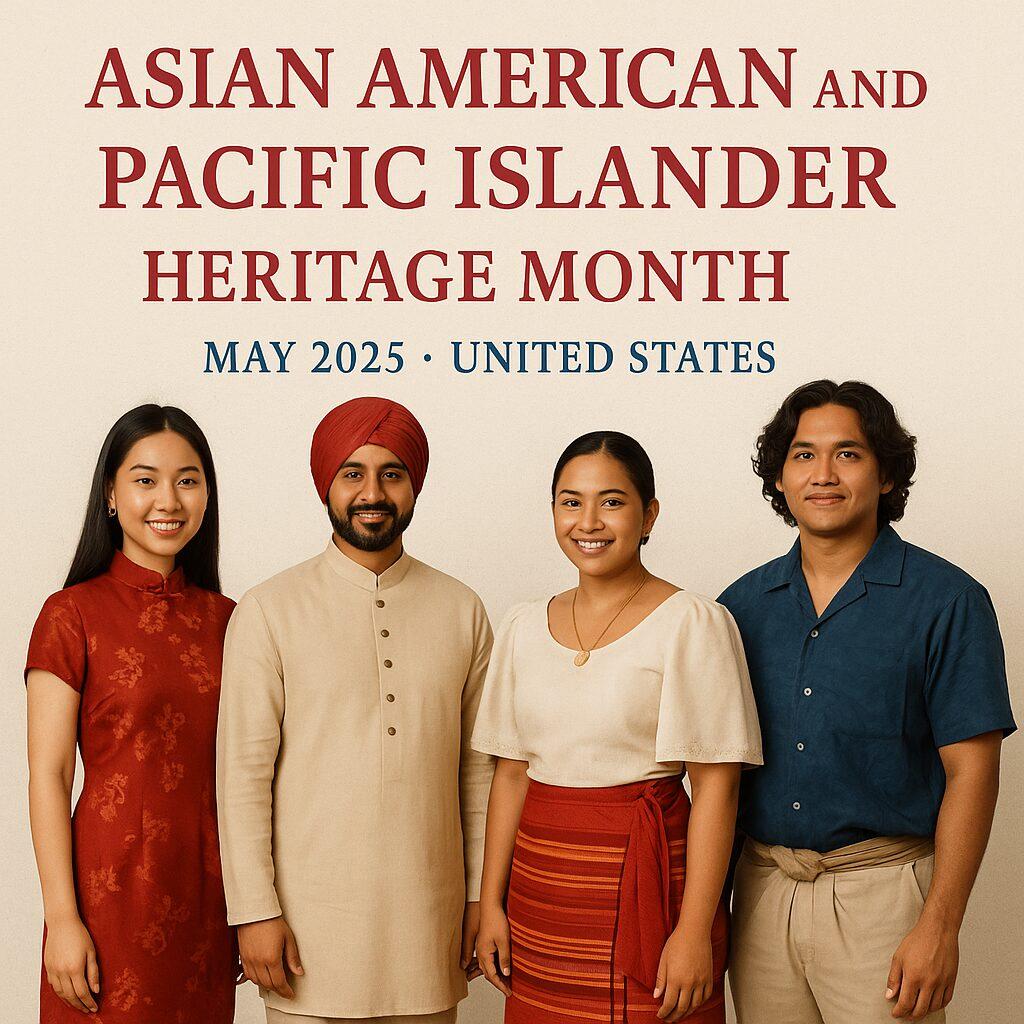LOS ANGELES – Filipinos across the globe celebrate ‘Buwan ng Wika’ or the National Language Month every August.
To commemorate the end of ‘Buwan ng Wika,’ a richly cultural closing ceremony was held at the Philippine Consulate General in Los Angeles on Friday, August 30.
The ceremony, entitled ‘Isang Gabi ng Harana at Balagtasan,’ was hosted by the Consulate, in cooperation with the Philippine Institute of Language, Arts, and Culture (PILAC).
“Harana” is a Filipino music form used in the old days during courtship, while “Balagtasan” is a Filipino way of debating in poetry form.
In solidarity with the theme of the celebration, all participants in the program spoke the Filipino language in the most fluent way possible.
Consul General Ma. Hellen Barber – De La Vega lauded PILAC for spearheading the efforts to put together the Harana at Balagtasan night.
“In spite of PILAC being a relatively new organization, its members have already demonstrated a fierce determination and sincerity to promulgate the Filipino language and culture,” De La Vega said in Tagalog.
De La Vega said that for their efforts, the PILAC’s members should be considered as modern-day Filipino heroes in the name of Filipino arts and culture.
‘Harana at Balagtasan’
True to form, the highlight of the night were the Harana and Balagtasan segments.
Willie Manacsa and Robert Alba performed the opening number, wherein both singer-guitarists serenaded the ladies with Harana music. Renowned vocalist Gelo Francisco performed a medley of Filipino ballads which included Bituing Marikit, Hindi Kita Malimot, Maalaala Mo Kaya, Minamahal, and Dahil Sa ‘Yo.
Francisco also sung Saan Ka Man Naroroon with ABS-CBN Foundation’s Joannie Feliciano to signify the beginning of the Balagtasan segment.
For the Balagtasan proper, the Filipino poetic debate revolved around the question of whether or not the Filipino language is enough as a medium of education for the sake of national progress.
The debaters for the affirmative side were Mylah De Leon of the Asian Journal and Art Garcia, while those for the negative side were Atty. Roman Mosqueda and Bernie Ganon.
Prior to the festivities, Consul General De La Vega announced that the proceeds of the funds raised at the June 2013 Kalayaan parade and celebration would be given to four groups/organizations: Historic Filipinotown Neighborhood Council, Search to Involve Pilipino Americans (SIPA), Filipino American Community of Los Angeles (FACLA), and the victims of typhoon Maring in the Philippines. Each group got a check amounting to $1,803.68.
According to De La Vega, FACLA opted to not receive the funds and instead suggested that their portion be given to the typhoon victims as well, bringing up the total amount of the donation for the typhoon victims to $3,607.36.
Cecile Ramos accepted the check on behalf of the Historic Filipinotown Neighborhood Council. A SIPA representative was not available to receive their check.
Lack of youth attendees
ConGen De La Vega is known for staunchly advocating for Fil-Am youth engagement through cultural and educational outreach. However, in contrast to the Consul General’s goals, very few young Pinoys were seen on Friday’s festivities.
Among them was Jaclyn Yangyuen, a 17-year-old first generation Fil-Am teen from San Dimas. She said that in spite of being one of the few “kids” at the event, she found it refreshing to be around fellow Tagalog-speaking Filipinos during the Language Month. Yangyuen said that most of her Filipino school mates don’t connect “as well” with the Filipino culture.
Yangyuen admitted that even though she couldn’t understand much Tagalog, she felt connected to her culture just by listening in and observing the program and conversations going on.
“There’s no language barrier when it comes to emotions. I can still laugh along with them, and kind of get a feel for what they’re laughing [about],” Yangyuen said.
Yangyuen said that she would love to encourage her friends to come and join similar events so that hey can learn more about being Filipino.
“I think it’s nice to be able to connect to our cultural background and have someone with you who may not be as connected but is trying,” she added.
Event director Bernardo Bernardo, who claimed that he once taught Tagalog at the university level, said that the event would have a bigger impact if Fil-Am youth are able to participate in it.
Bernardo said that even if the younger Pinoys couldn’t fully understand the language, it would be great for them to see how the elders portray the culture and how they show Filipino camaraderie in such events.
“We have to be more inclusive,” Bernardo said. “But it’s a gradual process, you can’t expect it to happen overnight.”
PILAC Vice-President Maria Amor said that part of their organization’s thrust is to promote Filipino arts and culture, especially to the youth.
Amor said that because their group were in a rush to prepare for the event itself, they did not have ample time to properly promote Harana at Balagtasan night to the youth.
“However, we will be coming up with promotional materials which we will release to schools to promote PILAC’s Filipino language tutoring services,” Amor said in Tagalog.
“We are now in talks with elementary and secondary school officials about our tutorial services,” she said.
Amor also added that in line with their thrust to involve the youth through cultural and educational outreach, PILAC is also open to exploring possible cooperation opportunities with Filipino youth groups like the Southern California Pilipino American Students’ Association or SCPASA.
(www.asianjournal.com)
(LA Midweek September 4-6, 2013 Sec A pg.4)






